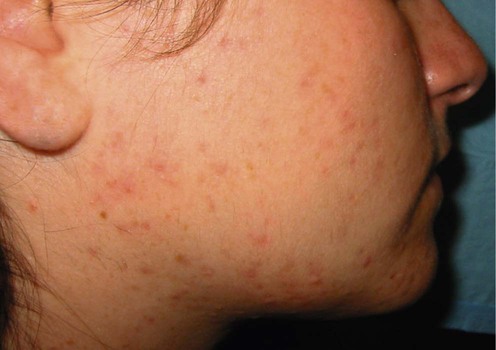Fearnley EJ, Marquart L, Spurdle AB, Weinstein P, Webb PM. Cancer Causes Control 2010; 21: 2303–8.
Polycystic ovary syndrome

Specific investigations
Polycystic ovary syndrome increases the risk of endometrial cancer in women aged less than 50 years: an Australian case-control study.
![]()
Stay updated, free articles. Join our Telegram channel

Full access? Get Clinical Tree








